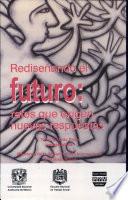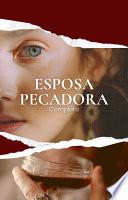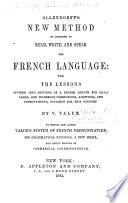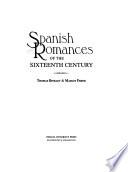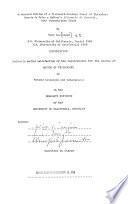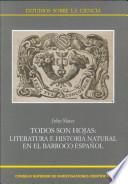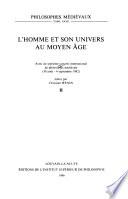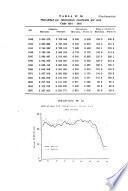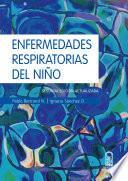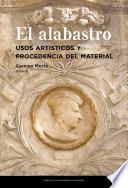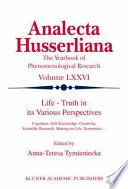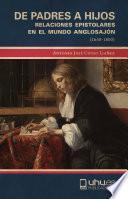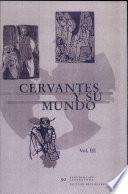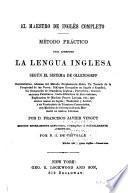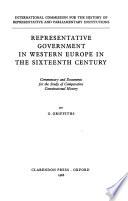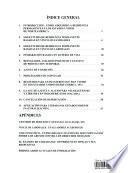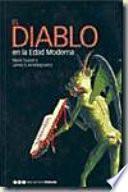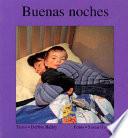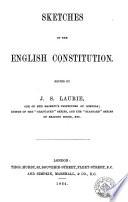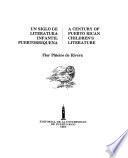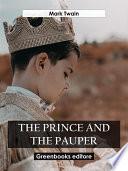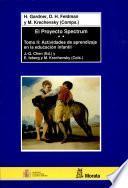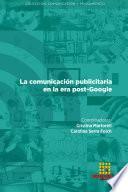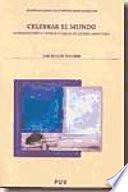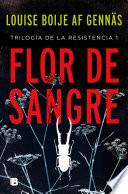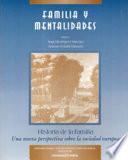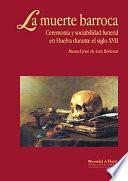
LA MUERTE BARROCA
Autor: DE LARA RÓDENAS, MANUEL JOSÉ
Número de Páginas: 549Este libro tiene por objeto el estudio de las representaciones y conductas colectivas ante la muerte durante el siglo XVII, así como el análisis de las relaciones sociales y culturales de mayo alcance en las que ellas se inscriben. Partiendo de los presupuestos teóricos de la Historia de las mentalidades, la obra se basa fundamentalmente en documentación testamentaria procedente de Huelva y su Tierra Llana y se completa con modelos extraídos de la literatura del Siglo de Oro español. Tanto para el ámbito religioso como para los espacios de sociabilidad familiar o vecinal, se recorre el ceremonial barroco de la muerte y sus juegos sociales de apariencias, explorando las lentas transformaciones del ritual litúrgico y las ideas e imaginaciones sobre la eternidad y el más allá.
